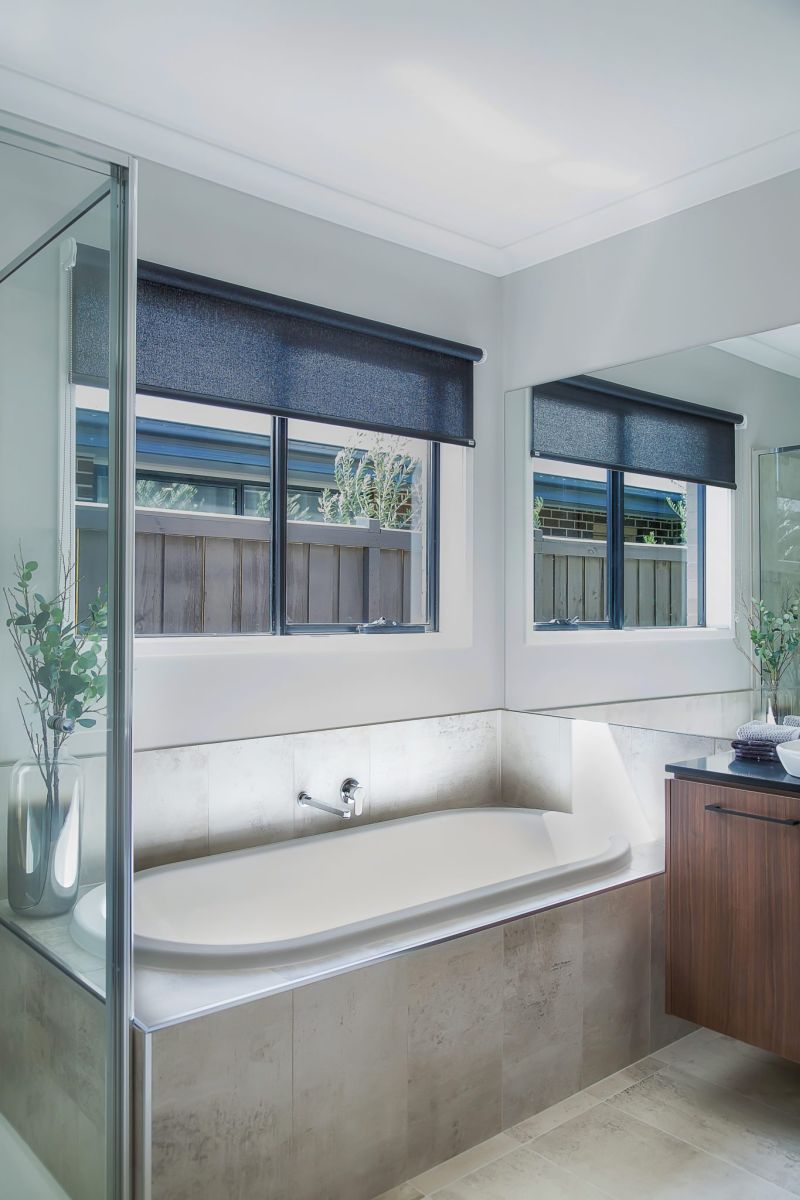Today the textile industry tends to use tremendous amounts of hazardous chemicals in the creation of their fabrics. If you think about tomato sauce for example, it’s made of constituted tomatoes, emulsifiers, and colours. After it’s made, it’s not really just tomato sauce, is it? The same thing happens in textile manufacturing: organic fibers are sized, washed, desized, dyed, bleached, treated with detergents, optical brighteners, wetting agents, biocides, lubricants, sequestering agents, emulsifiers, stabilizers, complexing agents and much more. The American Association of Textile Chemists and Colorists Buyers Guide for 2007 lists over 2000 chemicals used in textile manufacturing – many of which are known to bioaccumulate, persist in our environment and are associated with a host of human health issues, such as autoimmune diseases, infertility, cancers, nervous system disorders and many others.
 It takes from 10% to 100% of the weight of the fabric in chemical additives to produce an average fabric.
It takes from 10% to 100% of the weight of the fabric in chemical additives to produce an average fabric.
For example a finished fabric that is advertised as being made from 100% cotton, is actually made of around 70% cotton fibers and up to 30% ‘other’, such as:
- 8% dyestuff
- 2% polyacryl
- 3% softening agents
- 14% urea formaldehyde
- 3% optical brighteners
The fabrics we bring into our homes contain lots of chemicals by weight and these chemicals are often banned in other products. The chemicals are often absorbed into the skin, accumulate into dust which is then in turn breathed in or absorbed through the skin.
There are studies published every day that prove the chemicals in these textiles are affecting human health. They affect us in many ways, from subtle to profound: in terms of asthma, infertility, nervous disorders (ranging from brain tumors to anxiety and depression), genetic alteration and immune system suppression. The textile industry then further perpetuates this cycle by dumping polluted waste water back into our waterways, circulating these chemicals around the globe, often being found in the food chain.
Is that a reason to want safe fabrics? That is the question you have to ask yourself.
So, where do we start?
Window Furnishings
 The sun will warm the fabric within your windows, potentially releasing harmful VOC emissions within your home. These VOC emissions stem from the harsh chemicals within the fabrics, as mentioned earlier they are released when heated. Second, manual handling of these textiles will also present a hazardous situation where harmful toxins within the textiles can be absorbed through the skin. In order to ensure you’re using the safest products, source GreenGuard certified fabric roller blinds. These ones are sourced from SHAW performance fabrics – a known environmentally friendly supplier not just in Australia, but worldwide. They are also Lead, PVC, and formaldehyde free. Check for the special EcoSpecifier & GreenGuard certified tags to indicate this.
The sun will warm the fabric within your windows, potentially releasing harmful VOC emissions within your home. These VOC emissions stem from the harsh chemicals within the fabrics, as mentioned earlier they are released when heated. Second, manual handling of these textiles will also present a hazardous situation where harmful toxins within the textiles can be absorbed through the skin. In order to ensure you’re using the safest products, source GreenGuard certified fabric roller blinds. These ones are sourced from SHAW performance fabrics – a known environmentally friendly supplier not just in Australia, but worldwide. They are also Lead, PVC, and formaldehyde free. Check for the special EcoSpecifier & GreenGuard certified tags to indicate this.
Furniture & Home Furnishings
 These days the sofa’s are almost entirely using fabrics for their covering. It’s the new trend, the industry has shied away from leather products, as fabrics are not only cheaper, but are also trending hard within the interior design realm. Make sure to use Oeko-Tex fabrics. If you have floor rugs, be sure to use rugs that are made from natural fibres like sisal rugs or cozy woolen rugs.
These days the sofa’s are almost entirely using fabrics for their covering. It’s the new trend, the industry has shied away from leather products, as fabrics are not only cheaper, but are also trending hard within the interior design realm. Make sure to use Oeko-Tex fabrics. If you have floor rugs, be sure to use rugs that are made from natural fibres like sisal rugs or cozy woolen rugs.
Article Submitted By Community Writer


